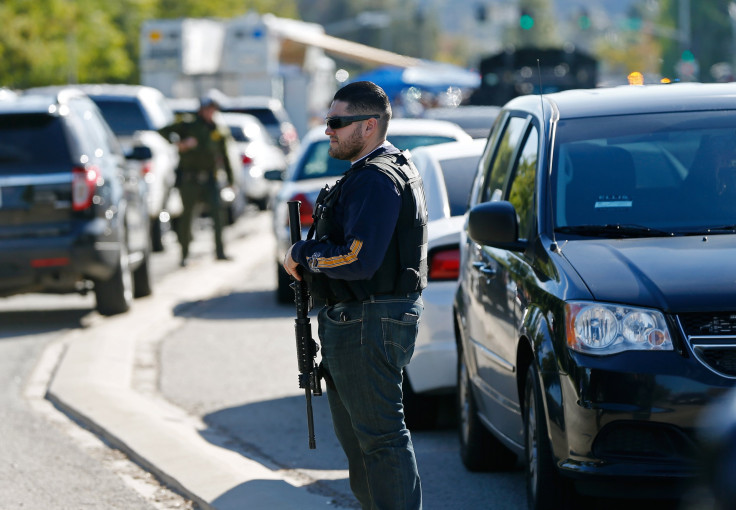San Bernardino Shooting: Rugged Terrain Could Make Capture A Challenge

LOS ANGELES -- San Bernardino is only about 60 miles from downtown Los Angeles, but as it's separated from Tinseltown by mountains and some of the most gridlocked freeways in the country, the smaller city has always been part of a different and distinct metropolitan area.
The region centered around San Bernardino and Riverside counties -- known locally as the Inland Empire -- boomed during the 1990s and early 2000s as many families left Los Angeles for better real estate deals a few miles east. When the housing market collapsed in 2008, it was one of the hardest-hit areas in the country, leaving many new arrivals underwater on their mortgages. And its real estate recovery has mainly been due to new logistics and industrial facilities, which have created low-paying warehouse jobs -- much different from what's happening in L.A. right now.
The 4.2 million people living in the Inland Empire include a substantial Latino population, particularly Mexican-American, and a lower-than-average share of whites and African-Americans. The region has also seen a recent rise in crime as gang members have moved from Los Angeles -- many of them also seeking refuge from L.A.’s soaring rents.
But while its cost of living may be lower, the Inland Empire is a huge area with extreme terrain. San Bernardino County is the largest county in the continental United States, and elevations range from below sea level in the Coachella Valley to nearly 9,000 feet at the summit of Bear Mountain, right by the cabin where admitted murderer Christopher Dorner hid from police two years ago.
And those conditions can be a daunting challenge for police, said Brian Levin, a former officer with the New York Police Department who is now a criminal justice professor at California State University San Bernardino.
“You have a mix of high-density areas along with very rural areas that include farmland to desert and everything in-between,” he said. “There are parts of it that are topographically rugged and rural.”
And while the site of the shooting, near the junction of Interstates 10 and 215, means the suspects could have fled in a variety of directions, Levin said having to train for situations ranging from urban combat to rural rescue ought to help local authorities in this particular case.
“Law enforcement there is among the best trained and best prepared for this kind of thing,” he said. “And part of that is due to the fact that there’s such a diversity in the area, that all kinds of things happen.”
© Copyright IBTimes 2024. All rights reserved.





















